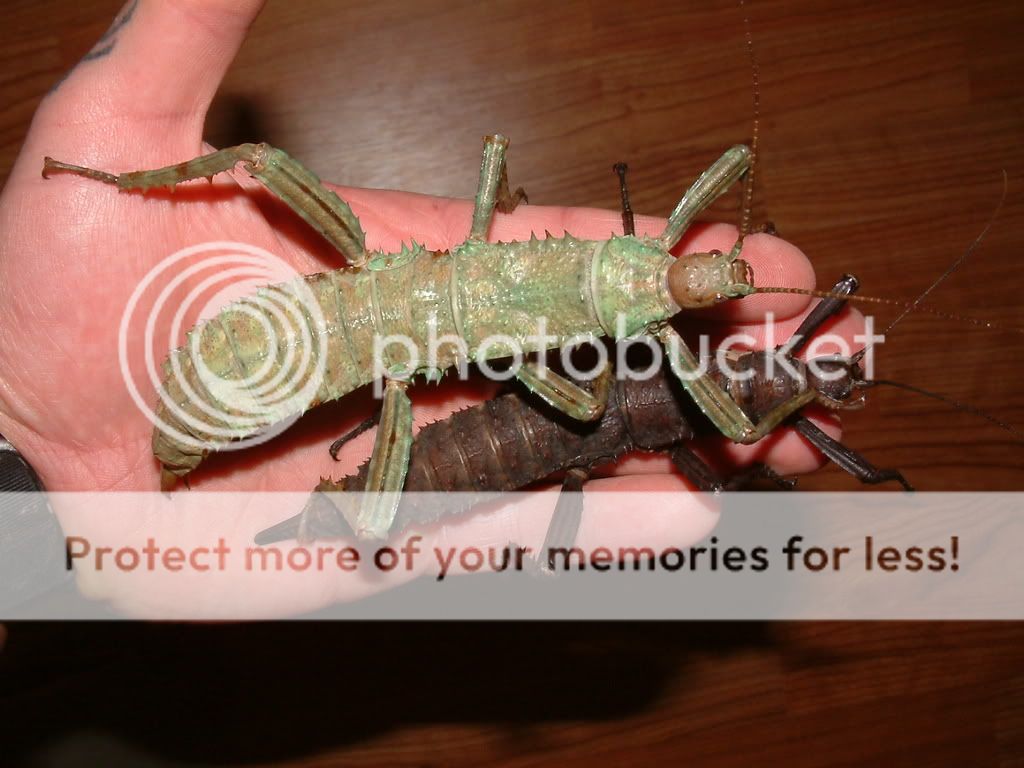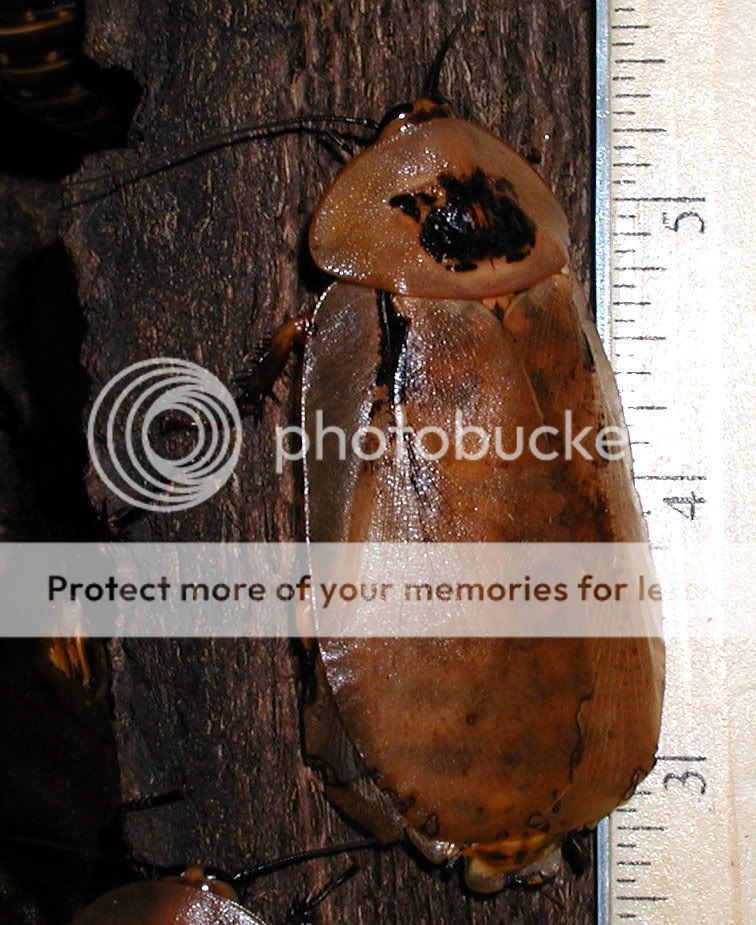Littlehorn
New Member
Is there anyone who can help with feeders for larger size chameleons? Such as parsonii and melleri?
From a few source I've read, these 2 types of chameleons needs to feed bi-weekly with some small rodents/ geckoes to sustain their mass as they get bigger, and one of my female parsonii is now 7inch+ STV, and large locust/ grasshoppers doesn't seem to provide what she needs.
I was just wondering how it should be fed. The only small rodents I can find is pinkies/ fuzzies, and basically I cannot find any source of gecko feeders. Does anyone have any experience with frozen pinkies? If so how could it be used? I just want to provide her a food source which can provide her more protein and fat.
The feeders I use now are:
Locust/ Grasshopper, dubias as staple diet.
Mantis as treats (every weekend)
Silkworms (if itz availiable, which only from Jan. - Apr.)
***Crickets, she doesn't even look at them at all.
From a few source I've read, these 2 types of chameleons needs to feed bi-weekly with some small rodents/ geckoes to sustain their mass as they get bigger, and one of my female parsonii is now 7inch+ STV, and large locust/ grasshoppers doesn't seem to provide what she needs.
I was just wondering how it should be fed. The only small rodents I can find is pinkies/ fuzzies, and basically I cannot find any source of gecko feeders. Does anyone have any experience with frozen pinkies? If so how could it be used? I just want to provide her a food source which can provide her more protein and fat.
The feeders I use now are:
Locust/ Grasshopper, dubias as staple diet.
Mantis as treats (every weekend)
Silkworms (if itz availiable, which only from Jan. - Apr.)
***Crickets, she doesn't even look at them at all.






